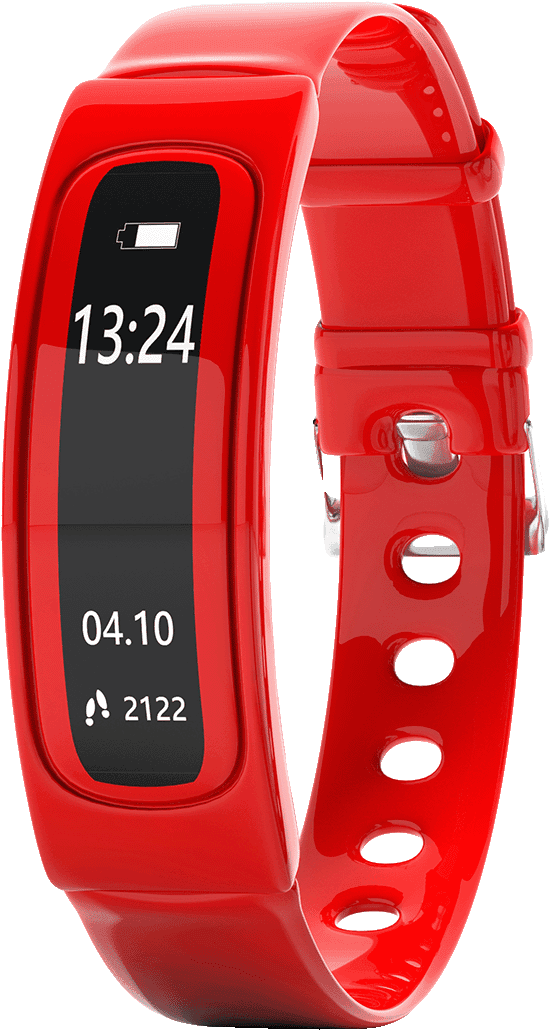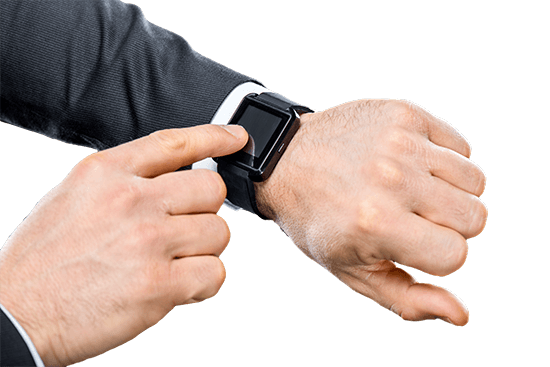The top smartwatches for all user types

Other than the Apple Watch, there are smartwatches worthy of ownership. If receiving important (or not-so-important) notifications on your wrist appeals to you, the good news is that the majority of smartwatches can now do so. And you have options regarding style, form factor, and more specialized wearable functions.
There are smartwatches that emphasize style and a classic timepiece aesthetic, smartwatches that help you train for specific sports competitions, and everything in between. The smartwatch landscape has matured, with users ranging from casual exercisers to those desiring every conceivable bit of data and guidance.
The Apple Watch Series 7 remains the most versatile smartwatch on the market. No other wearable comes close to the Apple Watch in terms of app variety, ecosystem cohesion, and third-party support. The battery life is acceptable, lasting approximately one day per charge, but charging from 0 to 100 now takes about an hour. The new, larger display provides larger font sizes and additional space for reading fitness data and notifications. Fitness tracking could still benefit from additional context, but the Series 7's overall package is formidable. Depending on your needs, the Apple Watch SE can save you a few dollars.
fitbit sense
It lacks the Apple Watch's extensive app support, but it offers nearly identical fitness hardware (ECG, blood oxygen sensors, heart rate, GPS), a week-long battery life, a more comprehensive companion app, and actual Android support, all in a stylish design.
If you can find it for less than $200, we also recommend the Fitbit Versa 3. It has a nice blend of sleek smartwatch looks (in both software and hardware) along with the expected fitness tracking and notification features at that price point. Despite the absence of an ECG sensor, the device should provide you with basic to moderate health insights.
garmin's forerunner 745
is our top-rated runner's watch due to its comprehensive training statistics, useful yet simple-to-read analysis for all athletes, and suite of runner-specific tools. It lacks a touchscreen, but features GPS, 24/7 heart rate monitoring, all-day blood oxygen monitoring, and storage for up to 500 songs, making it a suitable companion for running, swimming, biking, and most other sports.
Garmin Forerunner 55 and 245
Moderate runners should consider less-expensive options. Those who adore the 745's design but do not require features such as music storage, blood oxygen monitoring, or running-cadence analysis can save a considerable amount of money by purchasing a Forerunner 45. The Forerunner 245 Music may be a better option for those who don't require an altimeter or tracking for hikes and other outdoor activities, but still want the majority of the 745's activity-tracking features.
Samsung Galaxy Watch 4
Its classic watch design is attractive, and its rotating bezel controls are straightforward. It requires a Galaxy phone for some of its more advanced health-tracking features, but it's a very capable fitness tracker overall. It retains the polish for which Galaxy watches were known while adding a growing number of popular apps to support it, thanks to software developed jointly by Google and Samsung.
We also have several fashionable smartwatches from Garmin.
The Vivomove Luxe, Style, and 3/3S share elegant looks and premium materials at varying price points, making them attractive jewelry pieces that don't sacrifice too much in terms of moderate fitness tracking. The Garmin Lily, on the other hand, is an excellent option for women or those with smaller wrists. It requires a smartphone for GPS, but it provides useful stats for a variety of activities and stylish notifications.




